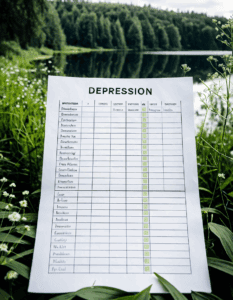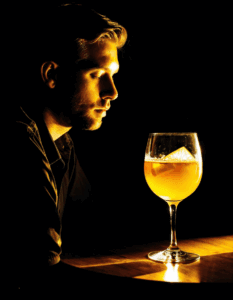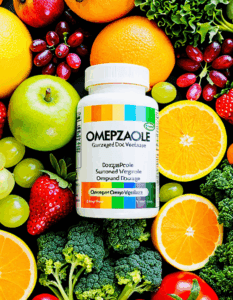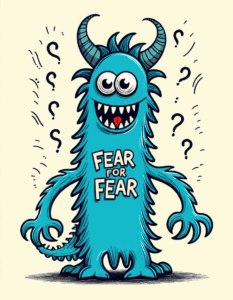Navigating the world of addiction is like trying to find your way through a maze with your eyes closed—you often feel lost, scared, and unsure. When the person at the center of this maze is your daughter, the heaviness in your heart can be monumental. In exploring how to deal with an alcoholic daughter, it’s essential to recognize that you’re dealing with an illness that has hijacked the person you love—not a character flaw or a choice. Holding onto hope and resilience in the face of such a trial is where we’ll need to pull strength from each other.

Navigating the Difficult Journey: How to Deal with an Alcoholic Daughter
When the family dynamics spiral out of control due to addiction, it’s not just hugs and loving words that you are longing to give. It’s critical to see past the stigma, to understand the illness, and to remember that your daughter isn’t the enemy—the alcoholism is. Some brave mothers in the midst of the storm have shared their heart-wrenching experiences with Mothers Against Addiction, reminding us that we’re not alone.

The Interplay of Personal Boundaries and Compassion
Fostering children their alcoholic tendencies may bring involves understanding the balance between unconditional love and unwavering boundaries. We are tasked with the delicate dance of balancing heart and firmness, supporting our daughters without being consumed by their struggle.

| **Step** | **Action** | **Description** | **Notes** |
|---|---|---|---|
| 1 | Recognize the Issue | Understand and accept your daughter may have an alcohol addiction problem. | Denial is a common defense mechanism, but acknowledging the problem is the first step. |
| 2 | Educate Yourself | Learn about alcoholism and its psychological impacts, including common defense mechanisms like rationalization and projection. | Knowledge empowers you to address the issue effectively and compassionately. |
| 3 | Communicate | Have a non-confrontational conversation with your daughter about your concerns. | Choose a time when she’s sober and express your feelings without judgment. |
| 4 | Set Boundaries | Establish clear boundaries and consequences if she breaks them. | Helps to maintain a safe environment and limits enabling behavior. |
| 5 | Offer Support | Encourage her to seek professional help and offer to assist with finding resources. | There are many treatment options, including therapy and support groups. |
| 6 | Avoid Enabling | Do not shield her from the consequences of her drinking. | Enabling can prevent her from recognizing the need for change. |
| 7 | Self-Care | Take care of your own emotional and physical well-being. | Join a support group for parents of addicts, like Al-Anon, and consider personal therapy to cope with stress and emotions. |
| 8 | Encourage Healthy Habits | Motivate your daughter to engage in healthy activities that don’t involve alcohol. | Positive behaviors and hobbies can help replace the urge to drink. |
| 9 | Explore the Past | Understand that past experiences, such as growing up with alcoholic parents, may influence her current situation. | This awareness can guide more empathetic and targeted support. |
| 10 | Prepare for Setbacks | Know that recovery is often nonlinear and may include relapses. | Stay patient and supportive, reaffirming your commitment to her recovery journey. |
From One Mother to Another: How Mom Helps Alcoholic Son and What I Learned
When my own son teetered on the dangerous ledge of alcohol addiction, I learned lessons that applied across the board—mom helps alcoholic son, but could it be different for a daughter? The answer, surprisingly, was no. My approach of love, accountability, and tough, unwavering rules had to be gender-neutral.

Formulating a Framework: Setting Rules with an Alcoholic Son or Daughter
Setting rules with an alcoholic son or daughter is crucial for creating a roadmap out of addiction. Here’s how to formulate a solid, workable framework:
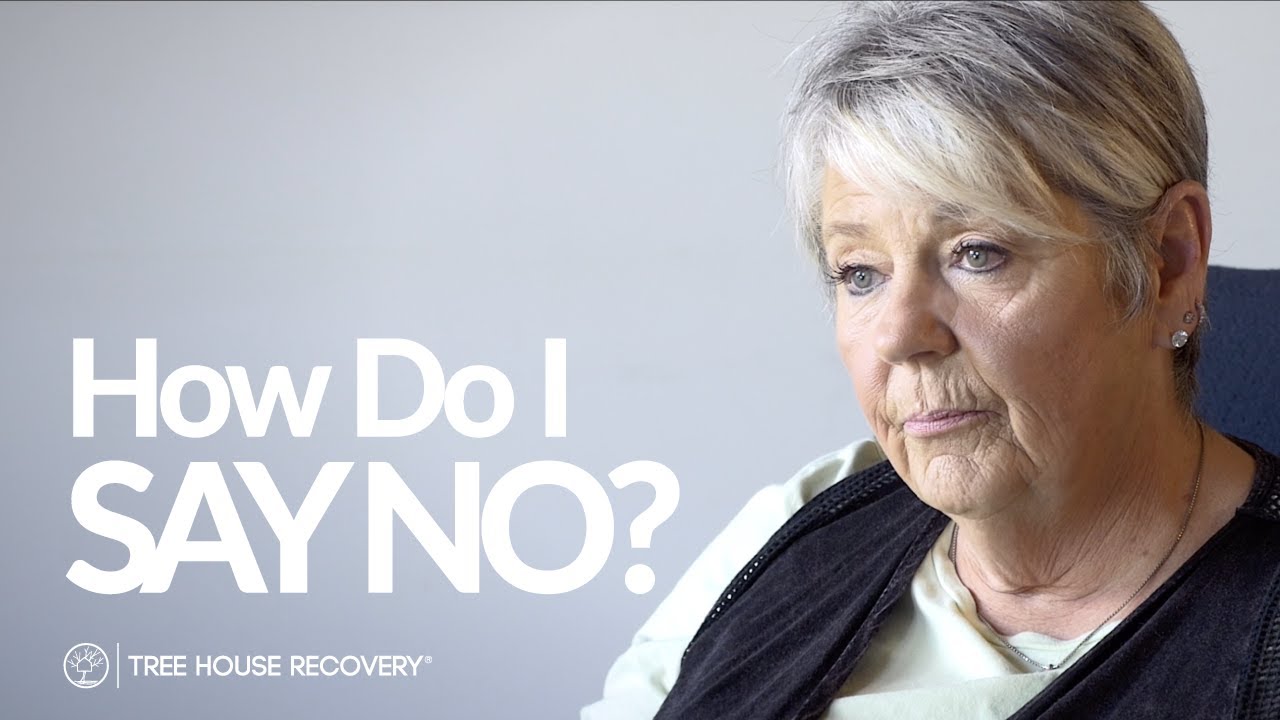
Encountering Resistance: Effective Strategies for Persuasion and Intervention
Dealing with resistance from an alcoholic daughter is par for the course, but it’s a challenge we must meet. Here are some strategies:
Supporting Your Child’s Sobriety Without Enabling
There’s a tightrope walk between supporting your daughter’s sobriety and unwittingly enabling her addiction. To ensure you’re on the right side of that divide:
The Crucial Role of Self-Care for the Parent of an Alcoholic
Caught in the cyclone of addiction, parents often forget to secure their oxygen masks first. For parents of addicts, the emotional burden can be overwhelming. Self-care is imperative:
Advanced Approaches: Therapeutic and Medical Options in 2024
Addiction treatment has evolved significantly by 2024, with new approaches offering hope:
Reinventing Family Dynamics and Long-Term Recovery Sustainability
To support long-term sobriety, family dynamics often require an overhaul:
Moving Forward Together: Crafting a Brighter Future
Looking ahead, setting realistic expectations is crucial, but always lean into hope:
Wrap-Up: Embracing the Path of Healing and Hope
Reflecting on this shared wisdom, it’s clear that dealing with an alcoholic daughter is a path fraught with pain and resilience. Through Mothers Against Addiction, let’s continue to learn from each other, adapt to the challenges, and shower our daughters with an unconditional love that says, “We are in this together.” Here’s to cultivating resilience and nurturing a brighter tomorrow.

What is the most common defense mechanism used by alcoholics?
Well, you know, the most common defense mechanism that alcoholics lean on is plain old denial. It’s like, “I don’t have a problem, you have a problem!” They’ll twist and turn the facts to avoid facing the reality that they’re dancing tango with the bottle a bit too often. It’s a classic case of fooling oneself to keep the boat from rocking.
What are the emotions of children of alcoholics?
Ah, the kiddos of alcoholics, bless their hearts, ride a real emotional rollercoaster. We’re talking fear, embarrassment, guilt, and a dollop of anger all mixed in—the kind of cocktail nobody ordered. They often feel like they’re walking on eggshells, never really sure which version they’ll get of mom or dad.
What are the two methods of treating alcoholism?
When it comes to treating alcoholism, it’s like picking from a menu with two main courses: behavioral treatments and medication. One’s about changing those pesky drinking habits, and the other’s using doctor-prescribed meds to keep cravings in check. Both paths aim for the same happy ending—sobriety!
What are the greatest enemies of US alcoholics?
The greatest enemies for US alcoholics, huh? Well, they’re staring right back at ’em in the mirror. It’s themselves, alongside the siren call of denial and the social pressures to keep the party going. Throw in the easy-peasy access to alcohol, and you’ve got the perfect storm.
What attachment style do children of alcoholics have?
Children of alcoholics can often get stuck with an insecure attachment style. They’re like those bubblegum machines—never really sure what they’re gonna get. They may cling like a wet shirt or build walls higher than a skyscraper, all because reliable, warm relationships were as rare as hens’ teeth in their childhood.
What are the 5 types of children of alcoholics?
Bet you didn’t know there’s like a classification system here. There are 5 types of children of alcoholics: the responsible one, the adjuster, the placater, the acting-out kid, and the lost child. Each one copes differently with the family chaos, kinda like survival roles in a jungle where the lions come home drunk.
What are the facial features of children of alcoholics?
The thing is, there aren’t any specific facial features stamped on children of alcoholics like a secret society tattoo. Some old studies tried to make that link, but let’s be real—it’s not about looks, it’s about the emotional scars that aren’t seen with the naked eye.
What is the mechanism of action of alcoholism?
So, how does alcoholism work its magic? It messes with the reward and pleasure centers in the brain. Alcohol plays the temptress, boosting the feel-good chemicals initially, but then it’s like it takes the brain hostage, demanding more and more to get the same buzz. A real Jekyll and Hyde scenario.
What is alcohol defense?
Ever heard of alcohol defense? It’s a legal strategy, you know, where someone tries to blame their boozy state for a crime, saying, “The drink made me do it!” But let’s be straight, courts aren’t buying that excuse like hotcakes. Alcohol might loosen the reins, but it doesn’t steer the horse.
What is the most harmful defense mechanism?
The most harmful defense mechanism? Ah, that’d be projection. It’s like chucking your garbage into someone else’s yard and saying, “Clean up your mess!” It stirs up a stew of misunderstandings and hurt feelings because nobody likes to be blamed for the trash they didn’t drop.
What are three common Defence mechanisms?
Oh, we’ve got a trio of common defense mechanisms: rationalization—that’s making excuses for why that fourth drink was a “must-have,” projection—I’ve just spilled the beans on that one, and reaction formation—that’s when you act like a teetotaler in public but in secret, you’re hitting the sauce harder than a baseball player. These tricks are about as handy as a screen door on a submarine when it comes to really dealing with the issue.










